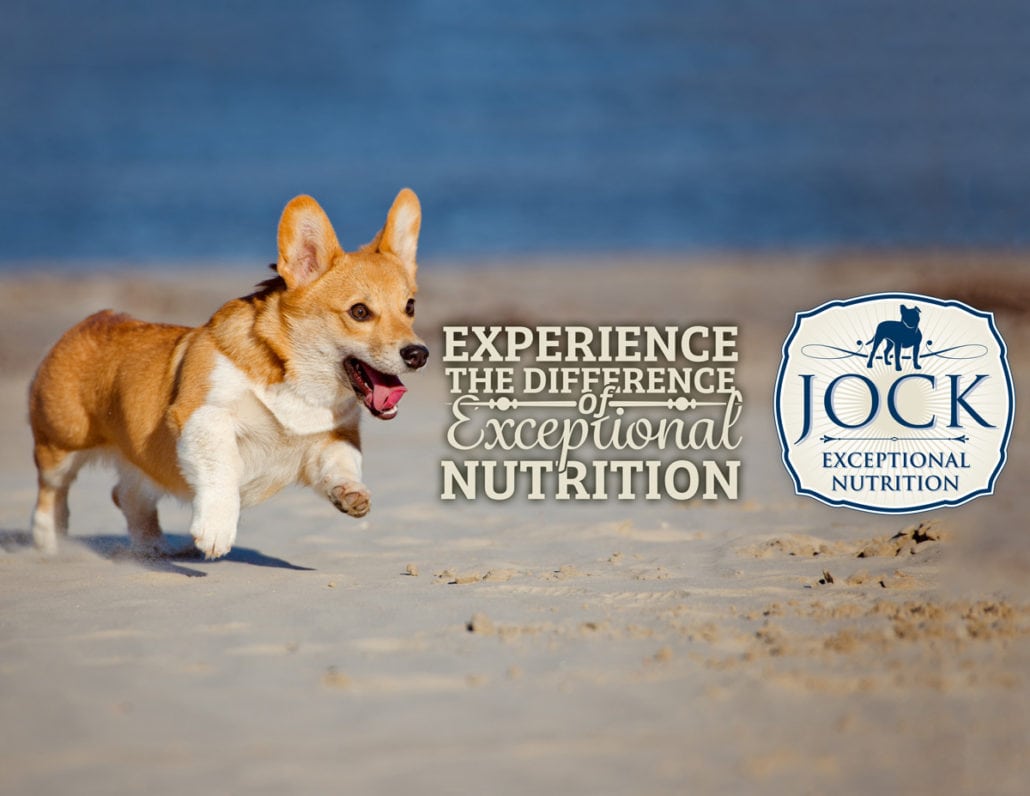Here are two reasons why Corgis are replacing cats as the Internet’s favourite pet. One: Corgis are just adorable. With their large, perky ears, Dachshund-like body and stubby legs, they are basically cuteness wrapped in fur. Two: they have the personality to match. Corgis are just fun to have around, which explains why Queen Elizabeth II is their number one fan and has owned over 30 so far.
Of the two Welsh Corgi breeds in the world, the Pembroke Welsh Corgi is the one the Internet just can’t get enough of. The lesser-known Cardigan Welsh Corgi is the older of the two and is listed as a vulnerable native breed in the UK. As their names suggest, both Corgi breeds were developed in Wales and are named after the county they originated in. In fact, the term “corgi” is Welsh for dwarf dog.
Appearance
Corgis are classified as a small breed of dog and, as mentioned, are known for their long bodies, short legs, small faces and large, perky ears. The Pembroke Corgi is generally smaller than the Cardigan Corgi and has a shorter body with ears that are smaller and closer together. Their size difference is also why the Pembroke Corgi has straighter legs in comparison to the Cardigan’s more curved legs.
Males and females of both breeds are around the same size when fully grown, with the Pembroke Corgis reaching a height of 25-30cm and the Cardigan Corgis around 3cm taller. The sexes are also equal in weight across the two breeds and come in at around 10-14kg.
In terms of colouration, Pembroke Corgis are generally lighter than Cardigan Corgis. However, there are more colour restrictions placed on Pembroke Corgis as only a few selected colours are permitted. These include red, fawn, black and sable with white markings.
Personality
Both breeds are known for their immense intelligence. In fact, the Corgi is rated the 11th most intelligent dog breed in Stanley Coren’s “The Intelligence of Dogs”. This makes it easy to train and an excellent choice as a work dog.
Corgis are also quite willing to please their owners and are known for being very reliable and loving. They can be weary of strangers and, by nature, are very protective, which makes them excellent guard dogs.
It is important to socialise Corgis, especially when they are young. As with most smaller dogs, owners need to be firm and assert themselves as the leader of the pack to avoid Corgis developing small dog syndrome. It should also be noted that Corgis are a herding breed and might try to herd people by nipping at their heels. They should be trained not to do this.
At Home
Corgis are little packs of dynamite and will need a fair bit of mental and physical exercise to be well-adjusted pets. Should this requirement be met, they will adjust well to living in an apartment. Be warned, however, that Corgis can get very active indoors should they have too much energy.
A long, daily walk with your Corgi should be sufficient exercise, although Cardigan Corgis might need a little extra.
Both breeds are easy to groom. Simply brush their coat regularly with a firm-bristled brush and only wash the dog when absolutely necessary. They will also shed their coat around twice a year.
Health
Like most smaller dog breeds, Corgis have a long life expectancy and can be around for 12-15 years. This, however, doesn’t mean that they don’t have their fair share of health issues. In fact, Corgis can gain weight very easily, which can trigger back problems. They are also prone to canine glaucoma and arthritis.
